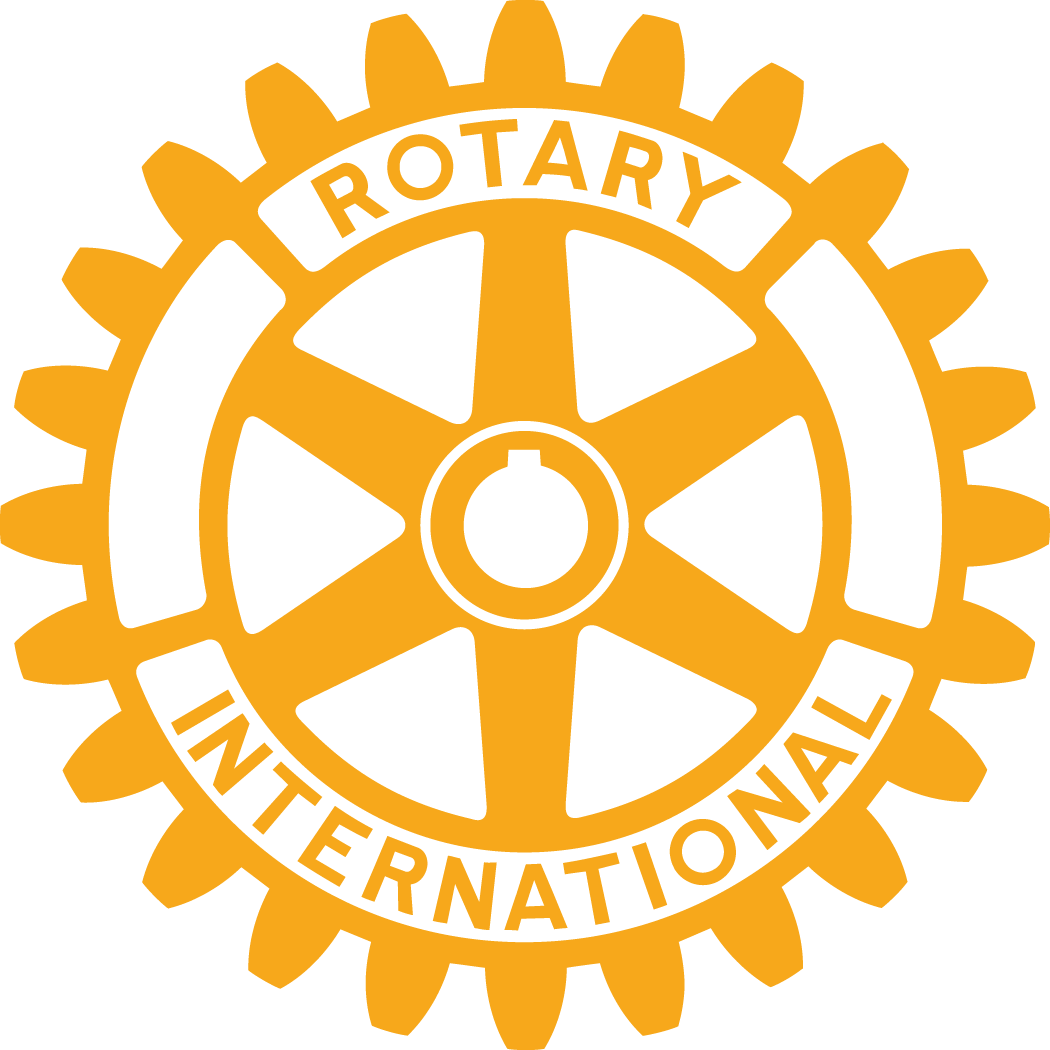The Four-Way Test of the things we think, say or do is a test used by Rotarians world-wide as a moral code for personal and business relationships. The test can be applied to almost any aspect of life. The test was scripted by Herbert J. Taylor and later adopted by Rotary International, the global federation of Rotary service clubs.

In the early 1930s Herbert J. Taylor set out to save the Club Aluminum Products distribution company from bankruptcy. He believed himself to be the only person in the company with 250 employees who had hope. His recovery plan started with changing the ethical climate of the company. He explained:
The first job was to set policies for the company that would reflect the high ethics and morals God would want in any business. If the people who worked for Club Aluminum were to think right, I knew they would do right. What we needed was a simple, easily remembered guide to right conduct - a sort of ethical yardstick- which all of us in the company could memorize and apply to what we thought, said and did.
I searched through many books for the answer to our need, but the right phrases eluded me, so I did what I often do when I have a problem I can't answer myself: I turn to the One who has all the answers. I leaned over my desk, rested my head in my hands and prayed. After a few moments, I looked up and reached for a white paper card. Then I wrote down the twenty-four words that had come to me:
- Is it the truth?
- Is it fair to all concerned?
- Will it build goodwill and better friendships?
- Will it be beneficial to all concerned?
I called it "The Four-Way Test of the things we think, say or do."[3]
First testing it out on himself, he realized that the first question, "Is it the truth?" was barely applied in his business' day-to-day operations. After 60 days, Herbert J. Taylor decided to share those principles with the four department directors of his company (each had a different religious faith). Those four directors validated his principles, and rolled it out company-wide.[4]
When studying his advertising statements, he realized how very little could be stated as "truth," so a lot of copywriting adjustments were made to realign the company's messages with a sense of genuine truth. The aggressiveness towards competition was also scrutinized and eliminated.[4]
In 1932, Taylor's company was on the edge of bankruptcy. 20 years later, by applying the Four-Way Test, the company repaid its debts, generously paid its shareholders, and had a healthy financial balance.
